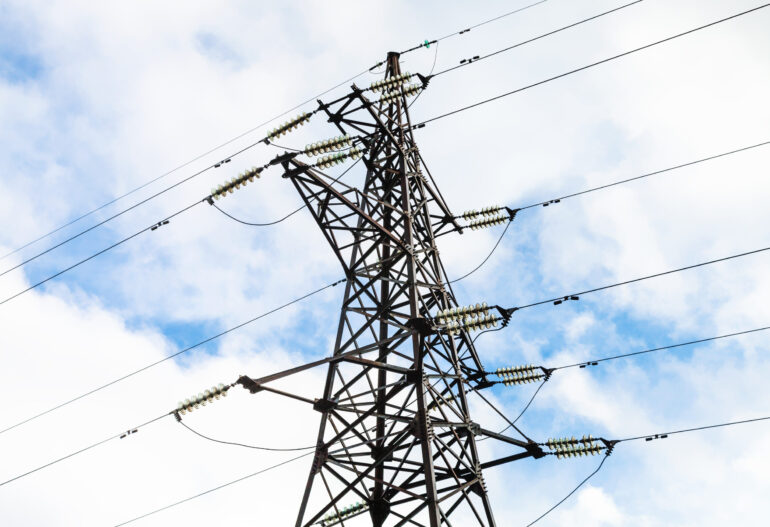Clamps and connectors are both used to join or support electrical conductors, but they have different purposes and characteristics.
Clamps are primarily used to support conductors, while connectors are used to join two or more conductors to provide a continuous electrical current path.
So, it can be said that they are dependent on each other. This article is going to discuss the key difference between clamps and connectors. So, read on!
What Is a Clamp?
A clamp is a device used to hold or secure objects tightly together to prevent movement or separation through the application of inward pressure. Clamps are used in a wide variety of applications, including woodworking, metalworking, construction, and plumbing.
Example Of Using Clamp:
- A woodworker might use a C-clamp to hold two pieces of wood together while they glue them together.
- A metalworker might use a bar clamp to hold a piece of metal in place while they weld it.
- A construction worker might use a ratchet clamp to secure a piece of lumber to a beam.
- A plumber might use a spring clamp to hold a pipe in place while they attach a fitting.
What are Connectors?
A connector is a device that joins two or more electrical conductors to provide a continuous electrical current path. Connectors are typically used in electrical panels, switchboards, and other electrical distribution equipment.
An electrician might use compression connectors to join two copper wires in a house.
Example Of Using Connectors:
- A lineman might use wedge connectors to join two aluminum conductors on a power line.
- A technician might use bolted connectors to join two copper conductors in an electrical panel.
- A factory worker might use automatic connectors to join two wires in a wiring harness.
Uses of Clamps and Connectors:
Clamps are typically used in applications where the conductor needs to be held in place, such as at dead ends, jumpers, and suspension supports. They can also be used to protect conductors from damage and to prevent them from moving around.
Connectors are used in applications where two or more conductors need to be joined together to provide a continuous electrical current path. They are typically used in electrical panels, switchboards, and other electrical distribution equipment.
The key Difference Between Clamp and Connectors
Another key difference between clamps and connectors is that clamps are usually outside of the electrical current path, while connectors are usually within the electrical current path.
Here is a table that summarizes the key differences between clamps and connectors:
| Characteristic | Clamp | Connector |
| Primary purpose | Support conductors | Join conductors |
| Location relative to electrical current path | Outside | Inside |
| Typical applications | Dead ends, jumpers, suspension supports, conductor protection | Electrical panels, switchboards, electrical distribution equipment |
Examples of Clamps and Connectors:
Clamps:U-bolt clamps, dead-end clamps, jumper clamps, suspension clamps, and conductor protection clamps.
Connectors: Compression connectors, wedge connectors, bolted connectors, and automatic connectors.
It is important to note that there are some exceptions to the general rules above. For example, some clamps, such as dead-end clamps, can also be used to join conductors. Additionally, some connectors, such as compression connectors, can also be used to support conductors.
Final Words
When choosing between a clamp and a connector, it is important to consider the specific application and the requirements of the electrical system.
Clamps and connector fittings are crucial to ensure the apt installation and operation of electrical systems and equipment. For this, IAC Electricals can be your best option to get the entire installation service and equipment.






